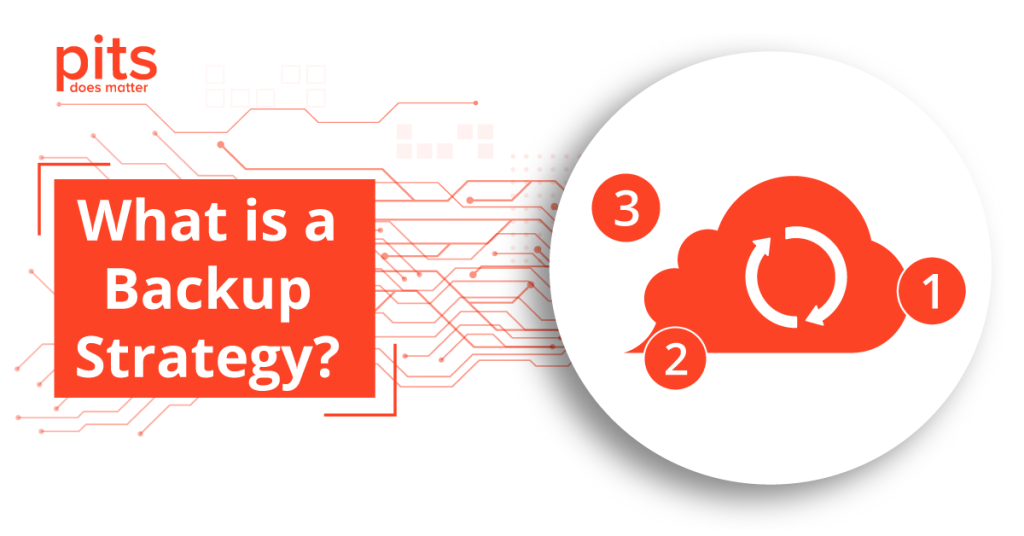Computer worms are a type of malicious software that can wreak havoc on systems and networks. Unlike viruses, which require human interaction to spread, worms can replicate themselves and spread independently across networks. In this blog post, we’ll explore the different types of computer worms, their impact on systems and networks, and how to prevent them from causing damage.
What is a Computer Worm?
A computer worm is a self-replicating piece of malware that spreads across computers and networks without the need for a host program. Once it infiltrates a system, it can exploit vulnerabilities to replicate itself, spreading to other devices and networks automatically. Worms can cause a variety of issues, from slowing down systems to compromising sensitive data.
Types of Computer Worms
-
Email Worms:
These worms spread through email attachments. When a user opens the infected attachment, the worm activates and begins to replicate itself, sending copies to the user’s contacts. Notable examples include the ILOVEYOU worm and the Melissa worm. -
Internet Worms:
These worms exploit vulnerabilities in operating systems or applications to spread over the internet. They can scan for open ports on other machines, infiltrating them without user interaction. Examples include the Blaster worm and the Code Red worm. -
File Sharing Worms:
These worms target file-sharing networks, spreading through downloaded files. They can disguise themselves as legitimate files, tricking users into downloading and executing them. -
Network Worms:
These worms focus on spreading across networks, using vulnerabilities in network protocols to infiltrate connected devices. They can cause widespread disruption in organizational networks, as seen with the MyDoom worm. -
Mobile Worms:
With the rise of smartphones and mobile devices, worms targeting mobile operating systems have emerged. These worms can spread through SMS messages or malicious apps, compromising mobile devices.
Impact of Computer Worms
The impact of computer worms can be significant and multifaceted:
- System Performance: Worms can consume system resources, leading to slow performance, crashes, and instability.
- Data Loss: In some cases, worms can delete files or corrupt data, leading to loss of important information.
- Network Congestion: Worms can create excessive network traffic as they replicate and spread, leading to bottlenecks and reduced network performance.
- Security Breaches: Worms can create backdoors for other malware, enabling unauthorized access to sensitive information and systems.
- Financial Loss: Organizations can face significant financial losses due to downtime, recovery efforts, and damage to reputation following a worm attack.
Prevention of Computer Worms
Preventing computer worms requires a proactive approach to cybersecurity:
-
Keep Software Updated: Regularly update your operating system and applications to patch known vulnerabilities that worms may exploit.
-
Use Antivirus Software: Invest in reputable antivirus software that includes real-time protection against worms and other malware. Ensure it’s kept updated to recognize the latest threats.
-
Enable Firewalls: Utilize firewalls to block unauthorized access to your computer and network. Firewalls can help prevent worms from spreading across devices.
-
Educate Users: Raise awareness among users about the dangers of opening suspicious email attachments, downloading unknown files, or clicking on links from untrusted sources.
-
Limit File Sharing: Be cautious when using file-sharing networks. Avoid downloading files from unknown sources, and use reputable services.
-
Regular Backups: Maintain regular backups of important data. In the event of a worm infection, backups can help restore lost or corrupted data without significant downtime.
-
Monitor Network Activity: Regularly monitor network traffic for unusual activity that may indicate a worm infection or other malicious behavior.
Conclusion
Computer worms represent a significant threat to systems and networks, with the potential to cause extensive damage if left unchecked. Understanding the different types of worms, their impact, and the best practices for prevention is essential for maintaining a secure computing environment. By staying informed and implementing effective security measures, individuals and organizations can reduce the risk of worm infections and protect their valuable data.


